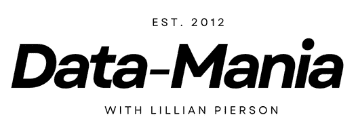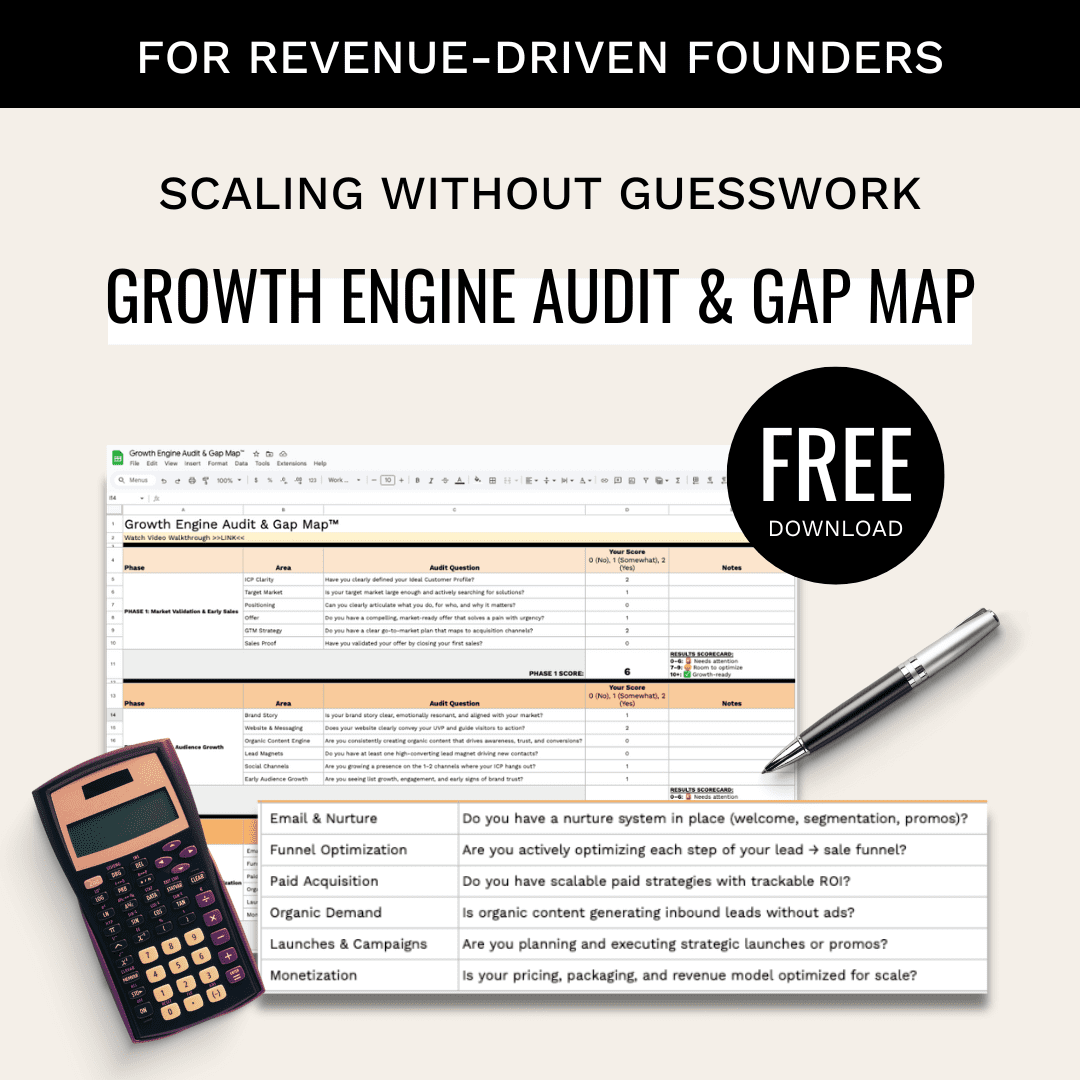Evergreen Analytics Strategy Framework is a proven process for making triple sure that your data projects will be a success. Tell me, how many times have you wished you had something like this to ensure that your projects become successful?
Read this article and you’ll know all the ingredients that go into creating an evergreen analytics strategy framework, AND I’ll even give you my own proven framework that you can start using today, if you so choose.
Whether you’re new to the data industry or like me, and have been at it for over a decade… It is vitally important for you to make sure that the work you’re doing on a daily basis is actually benefiting your company’s bottom line. It’s not that difficult for you to conceptually bridge that gap either.
How do I know? Well, to date I’ve educated over 1 Million data professionals on AI, so you can say I know a thing or two about data science…
That and I’ve been delivering strategic plans since 2008, for organizations as large as the US Navy, National Geographic, and Saudi Aramco.
YouTube URL: https://youtu.be/qJE1cTdpZAU
If you prefer to read instead of watch, then read on…
To create an evergreen analytics strategy framework, you first need to understand what it is and how it’s beneficial – so let me break that down for you real quick.
WHAT IS AN EVERGREEN DATA STRATEGY?
An evergreen strategy is a strategy for CONTINUALLY generating new and/or improved revenue and profits from your business’s investment into data skill sets, technologies and resources.
To be “evergreen”, a strategy needs to be adaptable enough to perform and continually drive results and meet its objectives despite rapidly changing market conditions.
WHY DO YOU NEED AN EVERGREEN DATA STRATEGY?”
The competitive landscape is changing so incredibly fast, especially in the data space. In order to keep up and stay competitive, businesses need to make sure that they have evergreen strategies in place.
Now, if you don’t plan for this type of change, then it will be very easy for you to create systems that will rapidly become obsolete and your company would have lost most of its investments into the data initiative.
IF THAT HAPPENS, YOU DON’T WANT TO BE THE ONE WITH THE FINGERS POINTING AT YOU.
That’s why you need to make sure that your data analytics strategy is “evergreen”, meaning it makes provisions to ensure that your company:
- Stays nimble enough to keep up with the speed of innovation
- Remains adaptable to current market conditions
- Stays up-to-date, timely, and relevant with respect to how it leverages its data resources, tech, and skillsets to generate new or improved revenue streams.
Actually, let’s stop a second here – I want to hear from you…
Have you ever worked on any type of evergreen strategy? Data analytics or otherwise? Tell us about it in the comments!
WHAT IS AN ANALYTICS FRAMEWORK?
 An analytics framework is an overarching, reusable process that you can leverage to ensure that your company’s data initiatives are squarely meeting its business goals, and that the company’s data operations are directly in support of the business in reaching its business vision.
An analytics framework is an overarching, reusable process that you can leverage to ensure that your company’s data initiatives are squarely meeting its business goals, and that the company’s data operations are directly in support of the business in reaching its business vision.
An analytics project helps you develop your data projects and data initiatives in a way that directly meets its objectives.
What it does
It helps you create direct focus not only for yourself but for other team members that are supporting your company’s data initiatives. You could think of it as helping to keep your company’s data eyes on the prize – the prize being the new and improved business profits.
Why you need it
An analytics framework is super important in protecting the business’s ROI into data projects. It does the following:
- Prevent spinning wheels – it happens when data implementation people get so focused on the details of the implementation and configuring the solution, that they forget to keep their eyes on the core business objective that the work is satisfying. So, it’s kind of like “putting the cart before the horse.” If you can manage to keep your eyes in focus directly centered on how your work actually increases business profits for your company, that is going to help you find the clearest and most direct path to reaching that goal.
- Reduce waste – it helps to break down silos between data workers and data resources. It’s the situation where you have multiple people working to solve the same problem in different ways. Well, you only need one person to find the solution to the problem and share it with the team, right? So, an analytics framework helps you reduce wastage in terms of data man hours, you could say.
Speaking of directing focus and reducing waste in your data projects, I did a whole video on 8 steps you can take today to increase your data science process lifecycle. Check it out here.
Pulling it all together – “WHAT IS AN EVERGREEN ANALYTICS STRATEGY FRAMEWORK?”
To put it simply, it is a framework you can use to develop and maintain an evergreen analytics strategy for your company.
To develop one, you need to step back from your daily work and think about your process for a bit.
Can you think of a 4 or 5 phase process that you can use repeatedly and consistently to make sure that the data projects your company is paying for is actually successful?
When I say successful, I mean that, either directly or indirectly increasing the bottom line of the business.
What about if you look as incrementally as only the data projects you’re working on? What steps could you take to make sure that the work you’re doing on a daily basis is actually improving the bottom line for your company?
With this, I would start with brainstorming and then trying to develop a process. Within the process, you would detail each step that’s required to make sure that your plan is fail-proof. That’s how you go about creating an evergreen analytics strategy framework.
Now, of course there’s a good degree of iteration as you’re working through this process and as you work over the years, you will refine your process, make it better, more repeatable and also more fail-proof.
In all honesty, a good framework comes from years of experience. Now, if you wanna bypass all the years of iterations and improvements, you can, of course, use my analytics framework – its called the STAR framework.
MY STAR FRAMEWORK

1. S – Survey the industry
This is where you go around and do extensive research looking at all the different use cases and case studies, getting yourself up to speed with all of the various use cases across the industry and which ones might be most effective in getting your company results considering its current set-up. When I say current set- up, I mean, in terms of the people it has in place to implement as well as the data resources it has and the technologies. Since you’re a data worker, you’re intimately aware of these aspects, so there’s really no one better than you to be out there surveying the industry and trying to identify optimal use cases for implementation at your company.
2. T – Take stock & inventory of your organization
Collect or generate all sorts of documentation that describes all of the various aspects of operations inside your business. You definitely don’t want to limit yourself to only data operations, because they aren’t really the core business operations that need to be optimized. You’ll need to take a more holistic view of your company and its most urgent needs. The tools you can use in order to take stock and inventory in your company include things like:
- Surveys
- Interviews
- Requests for information
3. A – Assess your organization’s current state conditions
This is essentially where you take all of the documentations that you have collected in the previous phase, and start evaluating and identifying gaps or areas of opportunity. You also need to consider imminent risks that could be mitigated through implementing the right data use case. After doing a super thorough evaluation of your business and its operations, you would go ahead and hone in on that ideal optimal use case that’s gonna give the biggest bank for your company’s buck. Now, this use case needs to be based on your company’s existing resources. You need to make sure that you’re creating as much value as possible from it’s existing technologies, skill sets and data resources.
4. R – Recommend a strategy for reaching future state goals
This is the phase where you’ll go ahead and create a strategic plan for implementing that lowest hanging fruit data use case.
One of the beauties of the STAR framework is that, it’s essentially a process where you can RINSE, WASH and REPEAT every 18 months to make sure that your company has a proven evergreen data analytics strategy that it’s following and that’s working to increase the company’s bottom line.
We have covered a ton here in terms of what an evergreen analytics strategy framework is and why it’s essential to the success of data projects.
But of course there is more to it…
If you want me to do all the heavy-lifting for you, you can get my evergreen analytics strategy framework that comes with the 44 sequential action item steps that you need to take in order to create a fail-proof data strategy plan for your company. It’s called the Data Strategy Action Plan.
Start executing upon our Data Strategy Action Plan today.
NOTE: This description contains affiliate links that allow you to find the items mentioned in this video and support the channel at no cost to you. While this channel may earn minimal sums when the viewer uses the links, the viewer is in NO WAY obligated to use these links. Thank you for your support!






